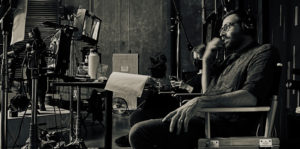
I think, at the time, it was a bipartisan vision, but I think the duality is now fragmented; it’s a mosaic of independent information universes. Even our people’s interpretation of news, the rawest information, is entirely different and conditioned. And the conditioning recycles itself. It’s not always an echo chamber, and I wonder if our responsibility doesn’t become to have the courage to do something esoteric. My approach was that I would not worry about what or who would understand what I was trying to experience. Instead, I gave myself the freedom to experience the process as intelligently as possible with the hope that those who can read, identify, agree with, or deny and contradict what we were doing. I don’t burden cinema itself with that responsibility. I don’t approach things thematically.
Michael: I believe what was precious about this process was the ‘come what may’ attitude. We all spent our time doing commercial films in some capacity. Like Braxton Pope, our producer works on very intellectual art films. Sarah comes with a solid rooting in history. And I am primarily an artist who exhibits stuff in the gallery. So, one of the provocations we made in this process as producers was, what if we made a film that was exactly what the film wanted itself to be? What if we let it speak to us and follow it regardless of the difficulties we might experience?
Braxton is more conscious of the conventional requirements of cinema, so there was always tension about making a film that really didn’t offer any answers. We were aware of that challenge. We had a broad spectrum of voices in the room as we generated this. And the work we did, along with the cast and the critical technical departments, was all about maintaining that space that wouldn’t push the narrative to a specific outcome but just flow along. The crew was instructed, and six cameras were rolling at a time, to keep shooting regardless of any on-set argument, technical issue, or even in between cuts. That way, the efforts and the energies were directed towards that goal.
It seemed like a difficult production. The set is a rotating one. You have a glass wall in between, keeping Salome away from the three actors. And then you have all the production equipment, even the cameras, visible in the background throughout. What was the idea behind that move, and how as producers, you people pull that off?
Michael: When we talked about it, we wanted to make a film that we could shoot in ten days and complete in that time. The rotating stage concept became about how to activate a finite space. The idea then also became a thematic one, adding a dizzying effect to these identities. It also logistically made our jobs easier. It allowed us to give up on trying to create a fictional setting or universe and give up on the stress about when we will rehearse and when we will film it. It was like – let’s just film everything. And that’s why we told the actors they didn’t need to be thorough with the script. We wanted them to go through the process of memorizing on camera, which led to improvisation and adding write-ups as quotes from Sarah. Eventually, it was almost more manageable, even if it was rough.
Sarah: I feel it added layers of unpredictability and chaos, which we were trying to create. And I don’t know if we knew it back then what it would mean. Though the rotating stage gives off vibes like that of Hamilton, I came at it with a vision of community theater that I saw in some videos – small places with no money build stages. It’s a lot about the way they are constructed and have this fantasy that Michael quickly adapted to. However, I am more curious about how it impacted how the actors felt about performing on the wall or being spun in circles.
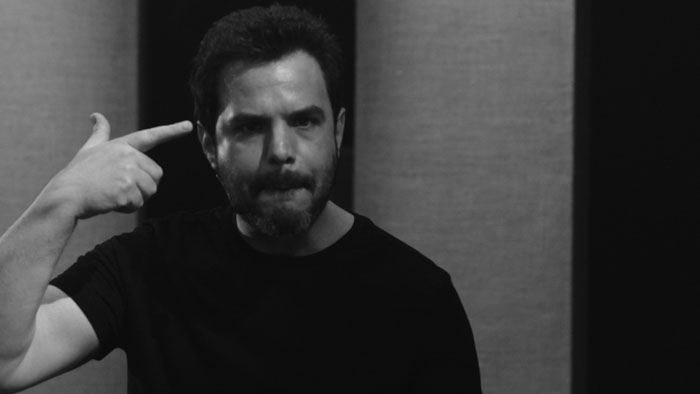
“…the rest are playing half-humans. This means they only bring half of their humanity to the table.”
Karim: The great thing about it [the production] was that we didn’t have to stop for different frames. So we didn’t have to do reverses. We didn’t have to say, “Ok, now do it for a close-up, now do it for a wide,” and when you spin on that 3-4 times, you know where are all the cameras. There was one camera that traveled on a rail. And most of them were stationary.
Michael: There were three rails and one 180-degree dolly. So, one would follow in a semi-circle.
Karim: So yeah, that way, with all these cameras working altogether, there is a lot of stuff being filmed that the actors are putting forth. And for me, it helped me be free.
Adam, would you tell us about your character and your experience with his arc? Since you played the public persona of Juliano Mer-Khamis, you brought a more realistic yet thematic fill to the movie. We’d like to hear your creative approach to that aspect of your role.
Adam: When I say I am the most human among the three protagonists, I mean the rest are playing half-humans. This means they only bring half of their humanity to the table. And I believe that’s the problem in such situations. When you’re fighting from one side, you only see half the picture and realize only half of the whole that you are. In any political conflict, be it Republicans and Democrats or Israeli and Palestinians – you’re pushed into thinking half of your brain and going for a goal that is just half of who you are. That’s what I try to bring – to combine these two aspects of human nature and take it apart from the political sides and ethnic backgrounds – none of these defining conventions or attributes.
I was a soldier in Israel. And I have seen things. And those things made me think that you care about yourself in such situations and that you or your friends don’t get hurt. What I mean to say is that on my part, I tried to shed anything that would define me as a person and instead tried to resolve the situation between two people who actually wanted the same thing – to live in peace. It’s just that people view that differently. So, my character tries to offer enough understanding for the people to be able to live together. As Juliano said – To live not in co-existence but in existence. I may not agree with everything completely that my character says, but I feel it is right.
What was the idea behind you breaking the fourth wall – wherein the film shifts to colored cinematography? What is the reason for this tonal or, say, visual shift?
Michael: Yeah. I guess the first moment was with Salome in the film’s first fifteen minutes. I started out directing theater, and I love the way it works. I love the process of rehearsing significant expenses of text. I feel the line production interrupts the creative flow of the process, and that’s why I wanted us to work on a theatrical space where we’re rehearsing and performing simultaneously. And when creating a space for that, it becomes dishonest to hide behind the other side of the camera and give direction. Logistically also, it leads to several in-between halts. So, some of it was very thematic for us, while some were just practical; that is, if I were to give these guys instructions, I felt we’d just keep rolling. And it got interesting for the viewer’s experience.
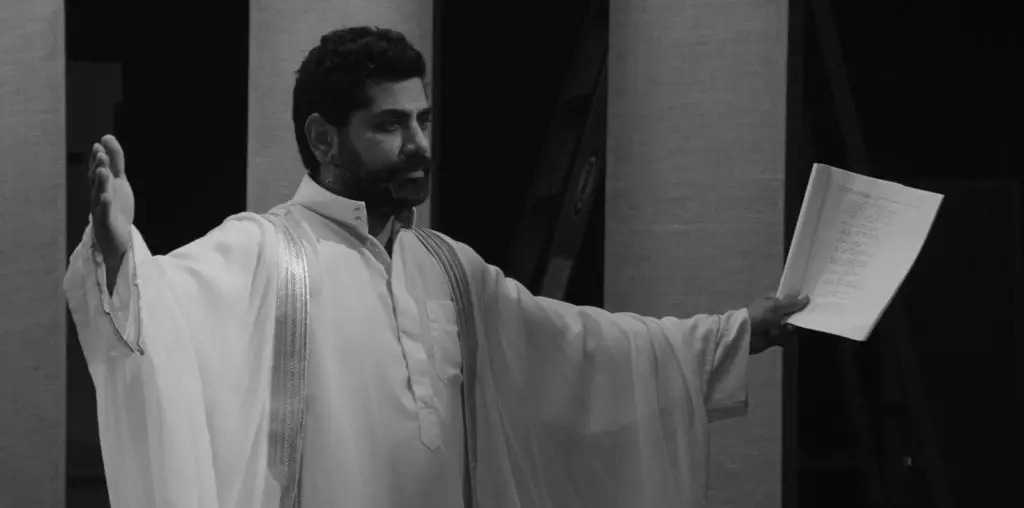
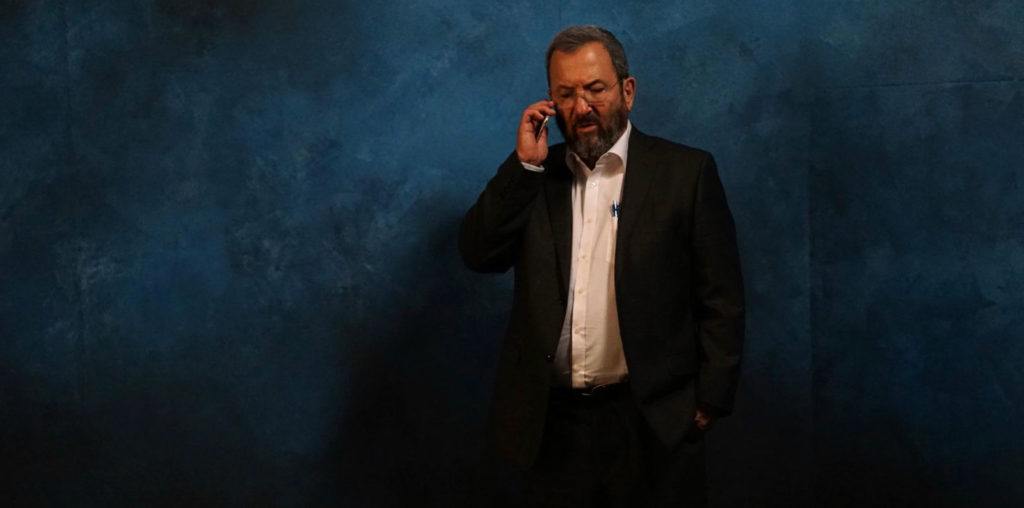
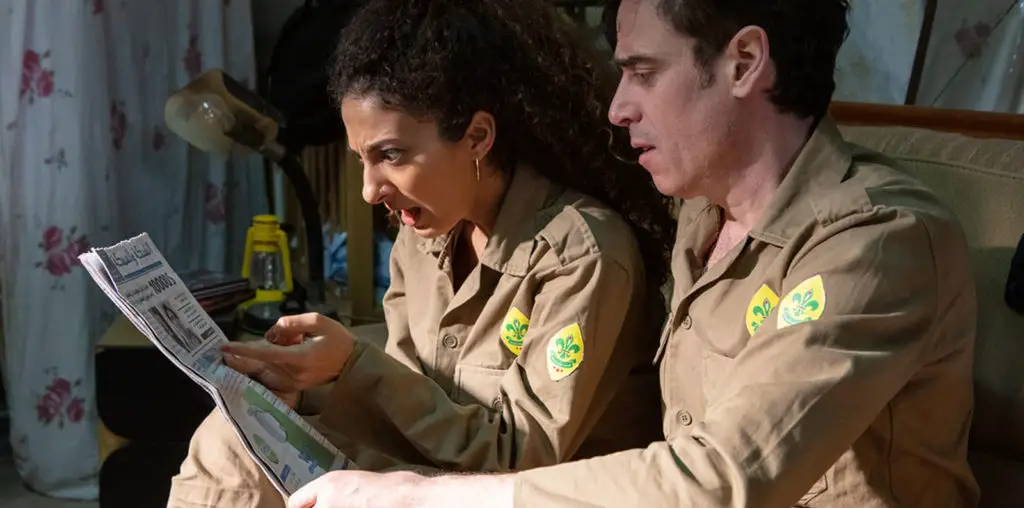
[…] Source link […]